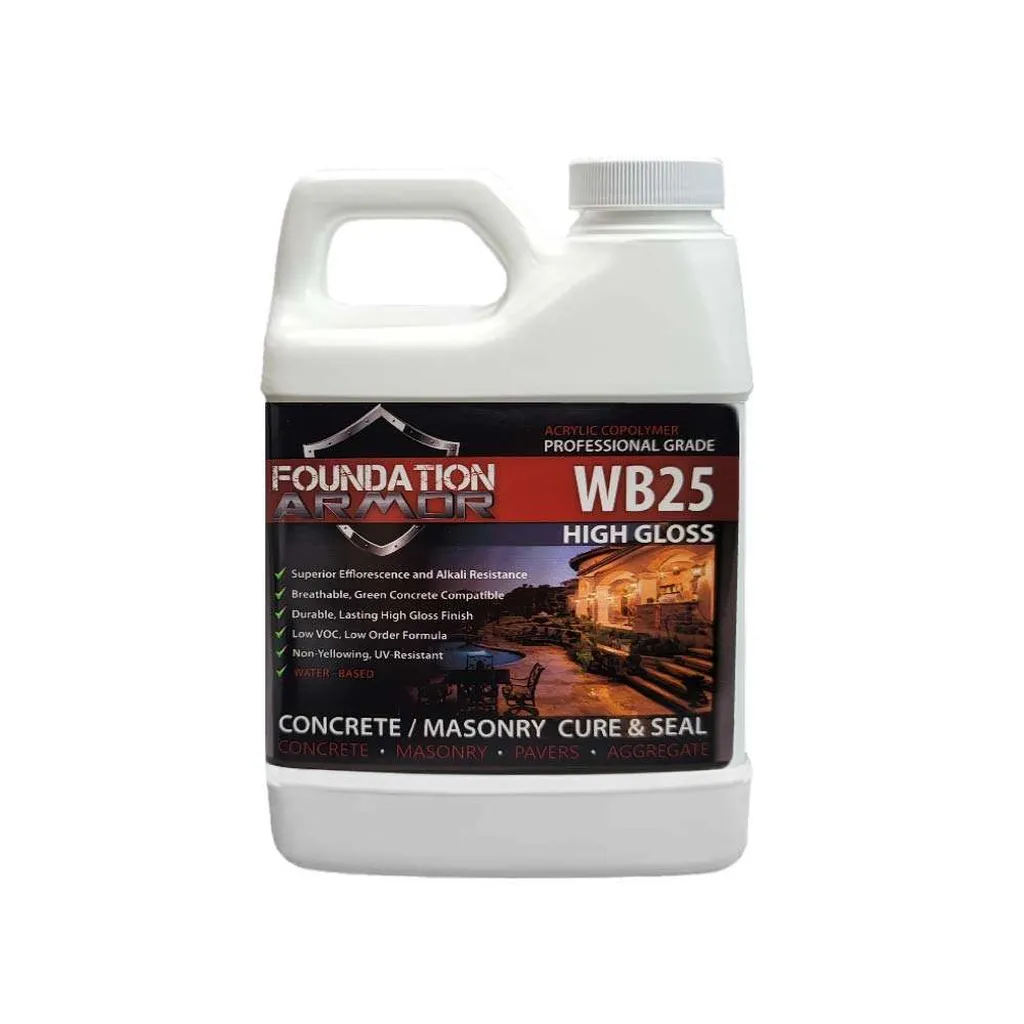In a significant advancement for the construction and energy sectors, researchers have uncovered how the addition of saccharin and sodium dodecyl sulfate (SDS) can dramatically enhance the properties of electrodeposited Ni-Fe coatings. This breakthrough, published in the journal *Materials Research* (translated as *Pesquisa em Materiais*), offers promising avenues for improving the performance of materials used in magnetic and anti-corrosion applications.
Farid Lekmine, the lead author of the study and affiliated with an undisclosed institution, explains, “Our research systematically investigated the synergistic effects of saccharin and SDS on the structural and morphological properties of Ni-Fe coatings. The goal was to optimize these coatings for better performance in demanding industrial environments.”
The study involved electroplating copper substrates in a sulfate-chloride electrolyte under controlled conditions. By varying the concentrations of saccharin (0–0.5 g/L) and SDS (0–0.9 g/L), the researchers were able to fine-tune the coating properties. Comprehensive characterization techniques, including scanning electron microscopy (SEM), X-ray diffraction (XRD), and crystallite size analysis, revealed that saccharin significantly refined the grain structure of the coatings. At an optimal concentration of 0.33 g/L, saccharin achieved the smallest crystallite size of 25 nm, resulting in a more homogeneous surface.
SDS, on the other hand, showed a more complex relationship with the coating properties. While it reduced grain size to an impressive 18 nm at concentrations between 0.4 and 0.6 g/L, higher concentrations (0.9 g/L) led to increased porosity and roughness due to hydrogen evolution. “SDS modulates phase homogeneity, suppressing secondary Ni-Fe alloy formation at elevated concentrations,” Lekmine notes. This finding is crucial for tailoring coatings with specific phase orientations and microstructural integrity.
The combined use of saccharin and SDS promoted the growth of (111)-oriented face-centered cubic (FCC) structures, enhancing the overall microstructural integrity of the coatings. The optimal parameters identified in the study—0.33 g/L saccharin and 0.4–0.6 g/L SDS—yielded coatings with refined grains, reduced internal stresses, and improved corrosion resistance.
The implications of this research are far-reaching, particularly for the energy sector. High-performance Ni-Fe coatings are essential for magnetic and anti-corrosion applications, where durability and efficiency are paramount. By optimizing the additives used in the electrodeposition process, industries can develop coatings that last longer and perform better under harsh conditions.
Lekmine’s work not only provides critical insights for tailoring high-performance Ni-Fe coatings but also paves the way for future advancements in materials science. As the demand for more efficient and durable materials continues to grow, this research offers a valuable roadmap for achieving these goals.
In the words of Lekmine, “This study opens new possibilities for the development of advanced coatings that can withstand the rigors of industrial applications, ultimately contributing to the sustainability and efficiency of energy systems.”
With the findings published in *Materials Research*, the scientific community now has a clearer understanding of how to leverage saccharin and SDS to enhance the properties of Ni-Fe coatings. This knowledge is set to shape future developments in the field, driving innovation and progress in the construction and energy sectors.

